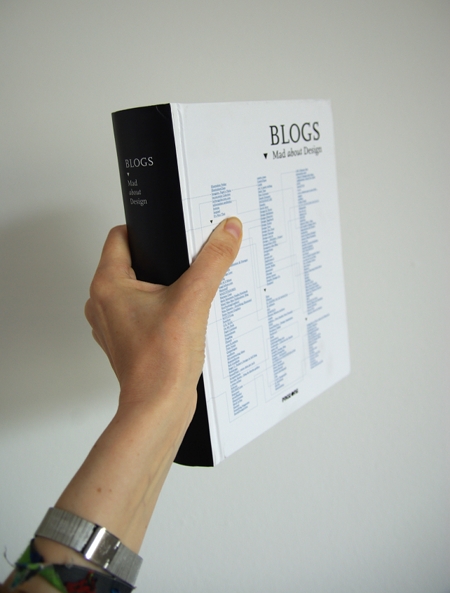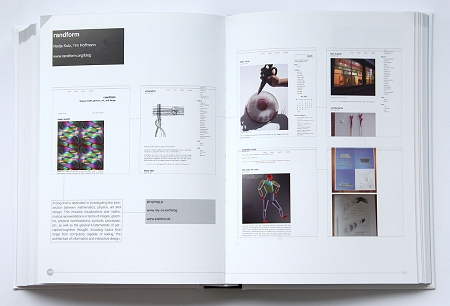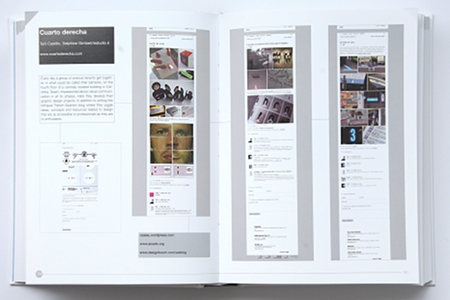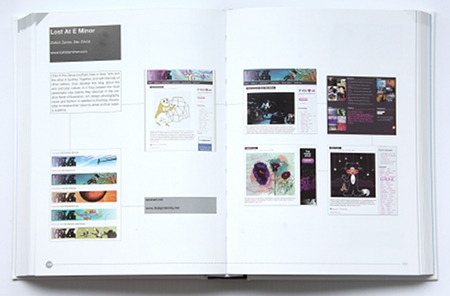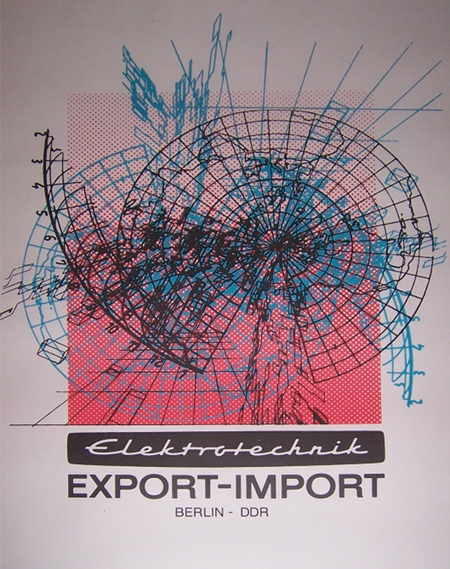About the “Concept for an integrated energy-research program for Germany”
Friday, September 18th, 2009There had been some uproar in mediascape-Germany about a study with the title “Konzept für ein integriertes Energieforschungsprogramm für Deutschland” (“Concept for an integrated energy-research program for Germany”). According to Financial times Deutschland” (FTD) the study was commissioned by the Federal Ministry of Education and Research however the study had been withheld from the public for 3 months.
The study is now -after the uproar- openly available. The reasons for the ministries policy of secrecy gave of course way to speculations in the press. So among others the study suggests that besides studying halite rock formations as a suitable geological formation for a final nuclear dump site, like the one in Gorleben it is meanwhile scientifically established that also Claystone formations may provide an alternative for a final nuclear waste repository. Since most of these rock formations can (according to FTD) be found in the current ministers “electoral homeland” Baden-Würtemberg and since the german elections will take place in about one and a half weeks it is understandable that the press identified this fact as a possible reason for the withheld (i.e. nobody wants a nuclear dump site in ones own backyard).
Another possible reason why the study was withheld was seen in the fact that the study suggests that an enforced research in nuclear power generation – and in particular in new nuclear fission technology could be a politically desired pathway in energy research (note the subtlety: the study does not suggest to pursue enforced research in nuclear energy, but states that enforced research in nuclear energy, in particular in new reactor types, may be a political request). This is in contrast to the current official political line of the minister and chancelor Angela Merkels party the CDU. Their official line (towards voters) is basically that power genration via nuclear fission should play NO role in Germanys future energy generation.
I have unfortunately currently not the time to study the study in full detail but nevertheless – here are some remarks to the study:
The study was made under the auspices of two german science/humanities academies, namely the National academy of science and the Berlin-Brandenburg Academy of Sciences and Humanities a third collaborator was the German Academy of Science and Engineering (Acatech), which claims itself to be a non profit agency, which represents the interests of German sciences and technology. Acatech has a strong connection to business, last but not least via funding. This has advantages and disadvantages.
Responsible for the text of the study are Prof. Dr. Frank Behrendt (Institut für Energietechnik, TU Berlin), Prof. Dr. Ortwin Renn (Abteilung für Technik – und Umweltsoziologie, Universität Stuttgart), Prof. Dr. Ferdi Schüth (Max- Planck-Institut für Kohlenforschung, Mülheim/Ruhr) and Prof. Dr. Eberhard Umbach (Forschungszentrum Karlsruhe), however the study encompasses contributions from numerous individuals (p.58 of the study) which are researchers from universities but also representatives of companies such as Siemens. As a remark: the company Siemens seems to intent to terminate its engagement within the french nuclear company AREVA, however according to this article it may replace its french engagement with a cooperation with the russian nuclear company Atomenergoprom. This should put the neutrality at least of parts of the study -namely those concerning nuclear power generation- under scrutiny.
A main argument of the study is that the challenges of Germany’s future power generation can only be dealt with in a – what the authors call- “systemic perspective” that is with an approach which integrates not only the scientific and technological demands of power generation but also the juridicial, sociological etc. aspects which are connected with it. The arguments are similar to the IPCC conclusions. For accomplishing this integration approach the study suggests among others to establish energy research clusters (similar to the US american Energy Frontier Research Center (EFRC), public-private partnerships like the british Energy Technologies Institute (ETI) and one central german energy research center which bundles the research activity and which serves as an outside representative for Germany’s energy research. The tasks and concrete realizations of such a center havent been yet not very much specified, however integrating and coordinating energy research is in my opinion definitely sound.
Moreover the study collects “no-regret” research options, like research in insulation improvements, energy efficiency, research in how necessary behavioural changes may be adressed appropriately, in how international agreements could be furthered etc. At this place I would have liked to see a stronger discussion of the problems related to patents/intellectual property rights obstructing technological development and international agreement processes.
Within the technological component the study identifies three main research sectors according to which politics can choose to put emphasis on. These are: regenerative energies, carbon based energies and finally -although as pointed out above there is currently no official political backing for this- nuclear energy. The technological aspects of each sector are introduced in the study in a socalled module.
I’d like to concentrate a bit on the nuclear energy module, since the text of the nuclear energy module is mildly put indeed controversial.
As already indicated the aspect that nuclear fission research may be pursued only with the goal of securing its safe pullback (which is the official political line!) is just a little side remark in the text.
In particular it is argued that in order to keep a fall back option on nuclear (fission) energy, Germany could feel strongly advised to support research in new fission technology and thus could feel the need to support the development of fast breeders and in particular in 4’th generation reactorsystems:
Deutschland kann sich aufgrund seiner Expertise hier an vorderster Stelle beteiligen, um unter anderem höchste Sicherheitsstandards zu etablieren.
(translation without guarantee: Germany may – based on its expertise – take part in this in the front row in order to establish among others highest security standards.)
The option that a fallback option on nuclear fission technology could also exist without a german research effort or accomplished with just a small german contribution like within an international noncommercially oriented community research project (my favoured option) is not mentioned.
The study mentions the necessity to keep a fallback option on nuclear fission due to the reason that climate change could have more dramatic consequences than expected, this was also annotated in an earlier randform post.
However the study suggests that such a fallback option may also be justified by the strong pressure which may be due to an international renaissance of nuclear fission technology and which may be due to raising energy needs (p.15) especially in regard to financial feasibility (p.12).
Yet the most problematic part of the nuclear module was the sentence:
“Außerdem müssen bei einer Wiederaufnahme der Forschungsarbeiten zu neuen Reaktoren bereits frühzeitig Ansätze entwickelt werden, mittels derer die Technologie gegebenenfalls umgesetzt werden könnte, ohne Widerständen zu begegnen oder – für den Fall, das dies nicht möglich ist – mit diesen Widerständen konstruktiv umzugehen.”
(translation without guarantee: Furthermore in case of a resumption of the research efforts concerning new reactor types one has to develop at an early stage approaches with which the technology could be realized without encountering resistance or – if this is not possible – develop approaches on how to deal with this resistances in a constructive way.)
I hope this sentence was a very unfortunate phrasing accident and that the authors do not really mean what they write here.

